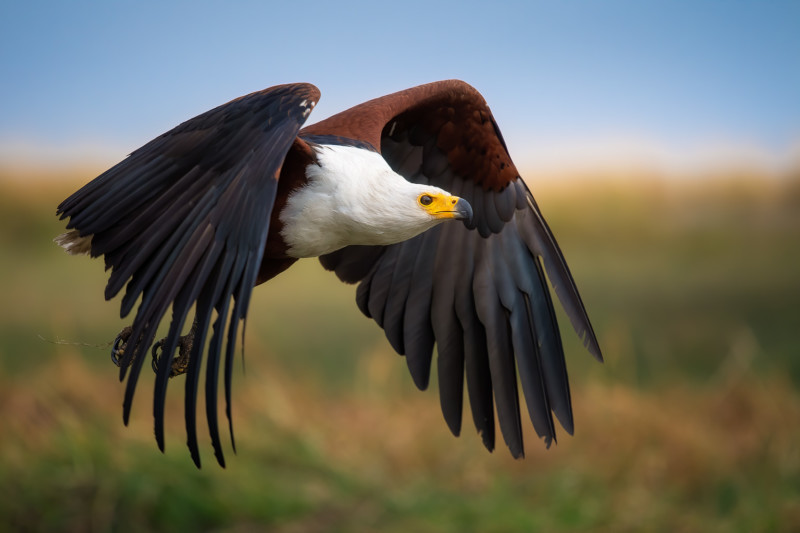Expert wildlife photographer Steve Perry has created an excellent “crash course” in Bird in Flight photography that he’s sharing for free with all of us. The video covers 10 techniques/tips that “will give you all the basics you need to start filling your memory card with wall-hangers.”
We won’t dive into the specifics here, mostly because he covers a lot in just 18 minutes of rapid-fire delivery, but here’s a quick overview of the 10 topics that Perry dives into. Keep in mind that he goes into far more detail in the full video:
- Shutter Speed – Choose a shutter speed between 1/1600 and 1/4000th.
- Watch Your Backgrounds – Stop shooting all your BIF photos against blue or white skies!
- F/stops – Most BIF shots will fall between f/4 and f/8.
- Finding Good Targets – The best way to get flight shots is to find birds that are engaged in predictable, repeatable behavior.
- Exposure Modes – Make sure you pick the correct metering patterns and combination of manual/auto exposure modes to get the shot every time.
- Wind Considerations – Remember: Birds take off and land into the wind. Use this fact to plan your framing.
- AF Settings – Always use AF-C, and use the smallest AF Area Mode that you can successfully keep on the bird.
- Nail Takeoff Shots – Look for signs that a bird is about to take off (turning into the wind, defecating, etc) and increase your shutter speed.
- Other Quick Gear Tips – Turn off IS, use the focus range limiter on your lens, and use the highest framerate that doesn’t compromise tracking or image quality.
- Tracking Tips – There is no substitute for practice. Hone your technique and experience by tracking birds you don’t really care about.
Following these basic guidelines—and practicing a little bit of patience along the way—Steve is able to capture stunning BIF images like these:










Check out the full video up top to dive into all of the tips and techniques on offer. And when you’re done, we highly recommend checking out Steve’s YouTube channel, especially if you’re a Nikon shooter. His tutorials, gear reviews, and tips are always exceptionally detailed, well-researched, and well-worth your time if you’re eager to learn.
Image credits: All photos by Steve Perry and used with permission.